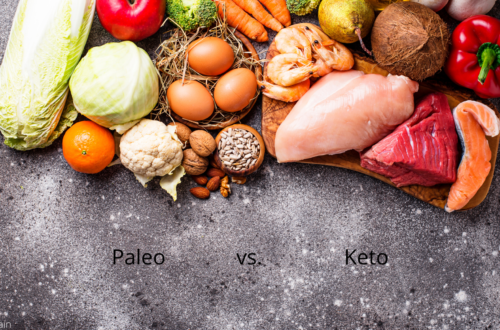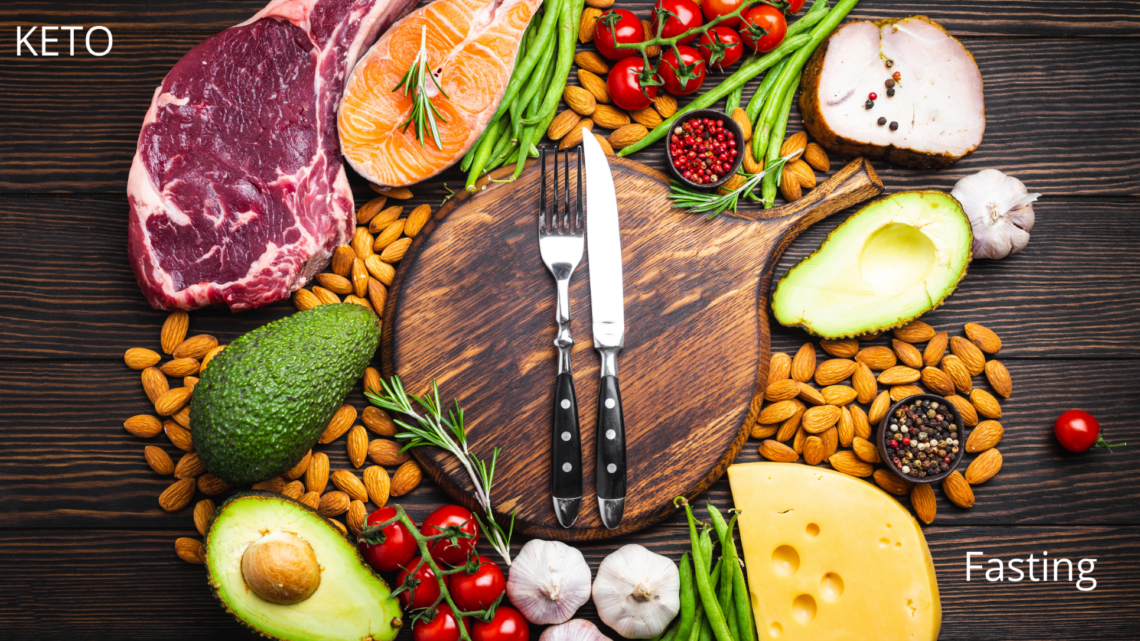
Can a 16-Hour Fast Put You in Ketosis?
So you heard about ketosis and its incredible benefits, and now you are wondering if a 16-hour fast can get you there!
A 16-hour fast can put your body into ketosis if you follow a low-carbohydrate diet like the ketogenic diet. The liver stores carbohydrates for up to 24 hours after consumption. Therefore, a 16-hour fast will not be enough time to put you into ketosis if you consume a high-carbohydrate diet.
Combining a ketogenic diet and intermittent fasting is the best and most effective tool for getting your body into ketosis. In this blog post, we will explain why, so keep on reading!

Intermittent fasting & Keto, the best combination for ketosis!
The main reason for combining a low carbohydrate diet such as keto with intermittent fasting is expedited results.
Ketosis is the state in which the body is depleted of all stored glycogen(sugar) and begins using fat for energy. The body starts breaking down fat tissue and turning it into fuel, creating ketones as the by-product.
When you start a fast, your body goes through several stages before getting into ketosis.
There are five stages of fasting:
- Stage 1: Feeding Stage (0-4 hrs)
- Stage 2: Post Absorptive stage (4-16 hrs)
- Stage 3: Gluconeogenesis (16-30 hours)
- Stage 4: Ketosis (30-48 hours)
- Stage 5 : Conservation (48 + hours)

If you eat a high carbohydrate diet daily, a 16-hour fast will not be enough time to deplete your body of all glycogen.
The liver stores up to 24 hours’ worth of carbohydrates; therefore, you will need to fast for at least 24 hours before your body gets into ketosis.
However, suppose you follow a low carbohydrate diet such as the ketogenic diet. In that case, your body will run out of glycogen faster, which helps you get into ketosis quicker.
The fewer carbohydrates you consume in your diet, the faster you can get into ketosis while intermittent fasting.
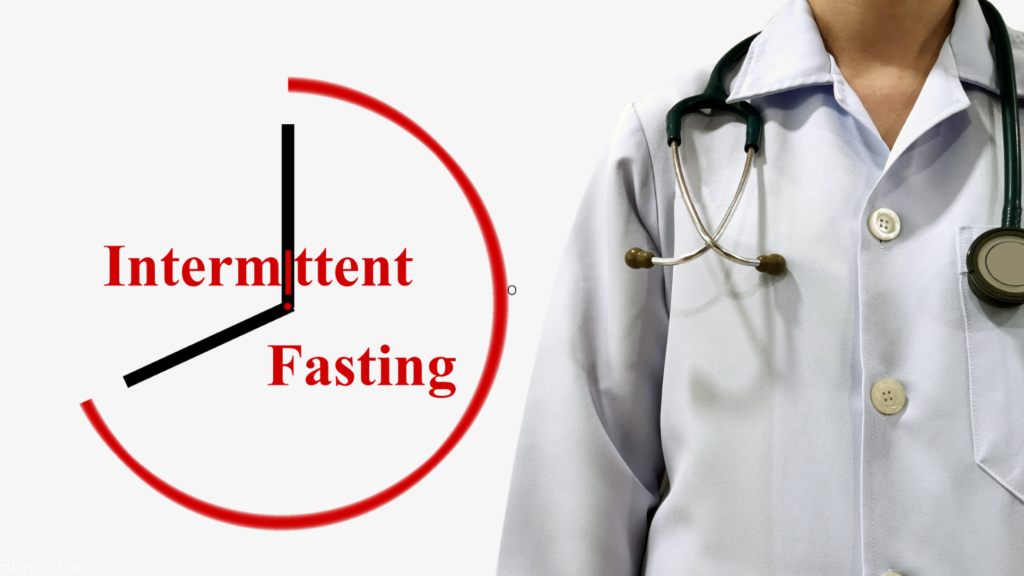
Intermittent Fasting Explained.
Intermittent fasting is a dietary pattern that cycles between periods of fasting and eating. It can be an effective way to lose weight and improve your health.
For example, in a 16:8 or time-restricted fasting, an individual fasts for 16 hours and has an eating window of 8 hours.
Over time you can increase your fasting time to 18 hours or longer.
In OMAD or One Meal A Day, you would fast for 23 hours and eat one meal daily.
Top Benefits of Intermittent fasting:
- Weight Loss
- Autophagy
- Improves memory
- Longevity
- Increased in growth hormone
- Improves cholesterol
- Improves hypertension
- Lowers blood pressure
- Lowers blood sugar
- DNA repair
- Lowers Inflammation
- Better cognitive function
Reduced risk of cancer
In addition, studies have shown that fasting can reduce cancer risk.
Fasting turns off mTOR. mTOR controls cell growth and can contribute to cancer cell growth as well. By turning mTOR off, fasting can help stop cancer growth and may have the potential to shrink tumors.
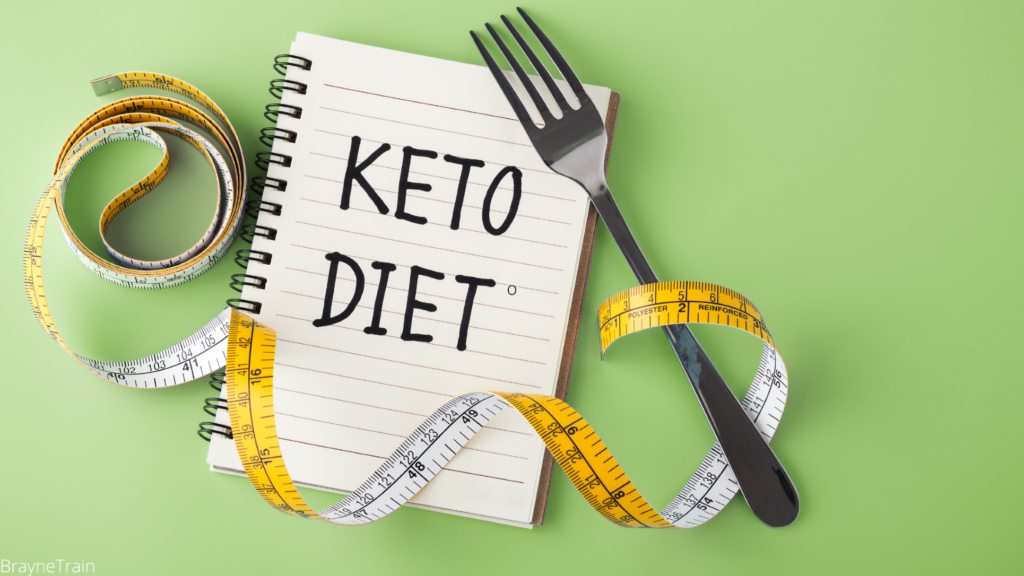
What is a Ketogenic Diet?
Keto is a high-fat, low-carb, and moderate-protein diet that pushes the body into ketosis.
Benefits of Ketosis:
- Weight loss
- Decreased cravings
- Lower glucose
- Lower Insulin
- Improved cognition
- Improved memory
- Better mood
- Lower inflammation
The word ketosis comes from the word Ketones.
Ketones are the by-product of fat burning in the body and are the preferred fuel for the body and the brain.
Keto, Intermittent Fasting & Insulin.
Combining keto and intermittent fasting is a powerful tool for curing insulin resistance.
Insulin resistance
Insulin is a hormone produced by the pancreas. It controls the amount of glucose in your bloodstream at any given moment.
Insulin regulates the metabolism of carbohydrates, fats, and protein by promoting glucose absorption from the blood into the liver, fat, and skeletal muscle cells.
When your body is insulin resistant, it does not respond normally to insulin. Without a proper insulin response, blood sugar levels rise and may cause serious health problems.
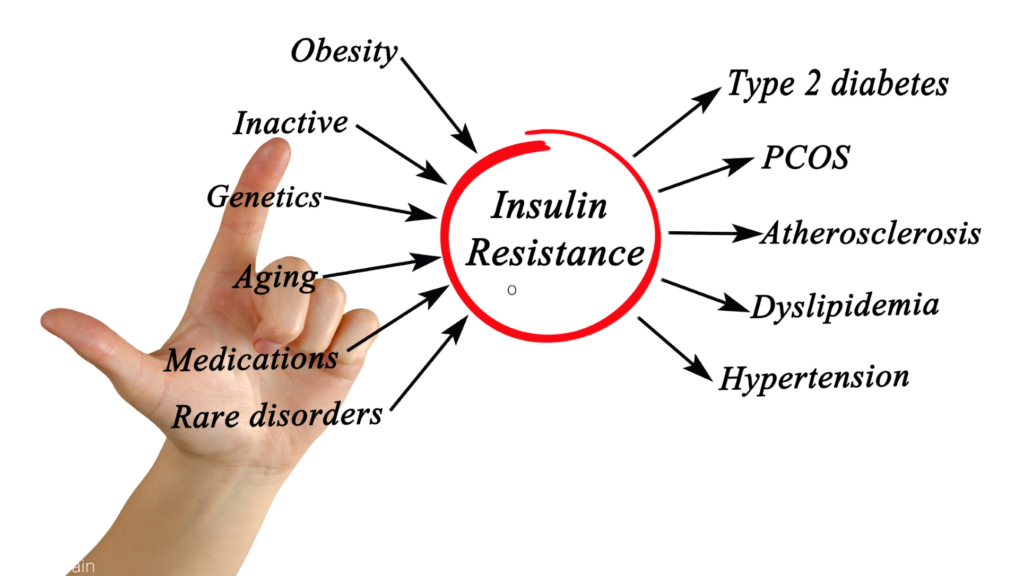
Side effects of insulin resistance include diabetes, high blood pressure, weight gain, obesity, lack of focus, weakness, High blood sugar, impaired cognition, and many other medical problems.
Combining keto with intermittent fasting is a powerful tool for combating insulin resistance.
Both keto and fasting lower insulin levels and help stabilize blood sugar.
Lower insulin results in improved insulin sensitivity, which means the body begins responding normally to glucose.
Also, the lower the insulin, the faster ketosis can happen.
How often Should you Fast on a Ketogenic Diet?
Between 16-18 hours is the ideal fasting time on a Keto diet. Beginners can start with 12 hours and gradually increase their time to 16.
More seasoned Intermittent fasters can increase their time from 18 to 23 hours or longer if desired.
Shorter fasts such as 16:8 can be done on a daily bases. However, many experts suggest longer fasts, 24 hours or more, should not be done too frequently.
Prolonged fasting, fasts lasting over 24 hours, should be done once every few months for best results.
Disclaimer: If you have any medical conditions check with your doctor before starting a fasting routine.
Takeaway:
The combination of Intermittent fasting with a ketogenic diet will speed up the process of ketosis. So If you’re looking to break through a weight-loss plateau or want to experience the many health benefits of ketosis, then intermittent fasting and Keto might be the answer. Give this combo a try, and you may be surprised at how quickly the pounds start melting away! Have you ever tried intermittent fasting and Keto together? What were your results? Let us know in the comments. Thank you for reading!
References
Barazzoni R, Gortan Cappellari G, Ragni M, Nisoli E. Insulin resistance in obesity: an overview of fundamental alterations. Eat Weight Disord. 2018 Apr;23(2):149-157. doi: 10.1007/s40519-018-0481-6. Epub 2018 Feb 3. PMID: 29397563.
Szypowska A, Regulska-Ilow B. Significance of low-carbohydrate diets and fasting in patients with cancer. Rocz Panstw Zakl Hig. 2019;70(4):325-336. doi: 10.32394/rpzh.2019.0083. PMID: 31960664.
O’Driscoll T, Minty R, Poirier D, Poirier J, Hopman W, Willms H, Goertzen A, Madden S, Kelly L. New obesity treatment: Fasting, exercise and low carb diet – The NOT-FED study. Can J Rural Med. 2021 Apr-Jun;26(2):55-60. Doi: 10.4103/CJRM.CJRM_1_20. PMID: 33818532.




